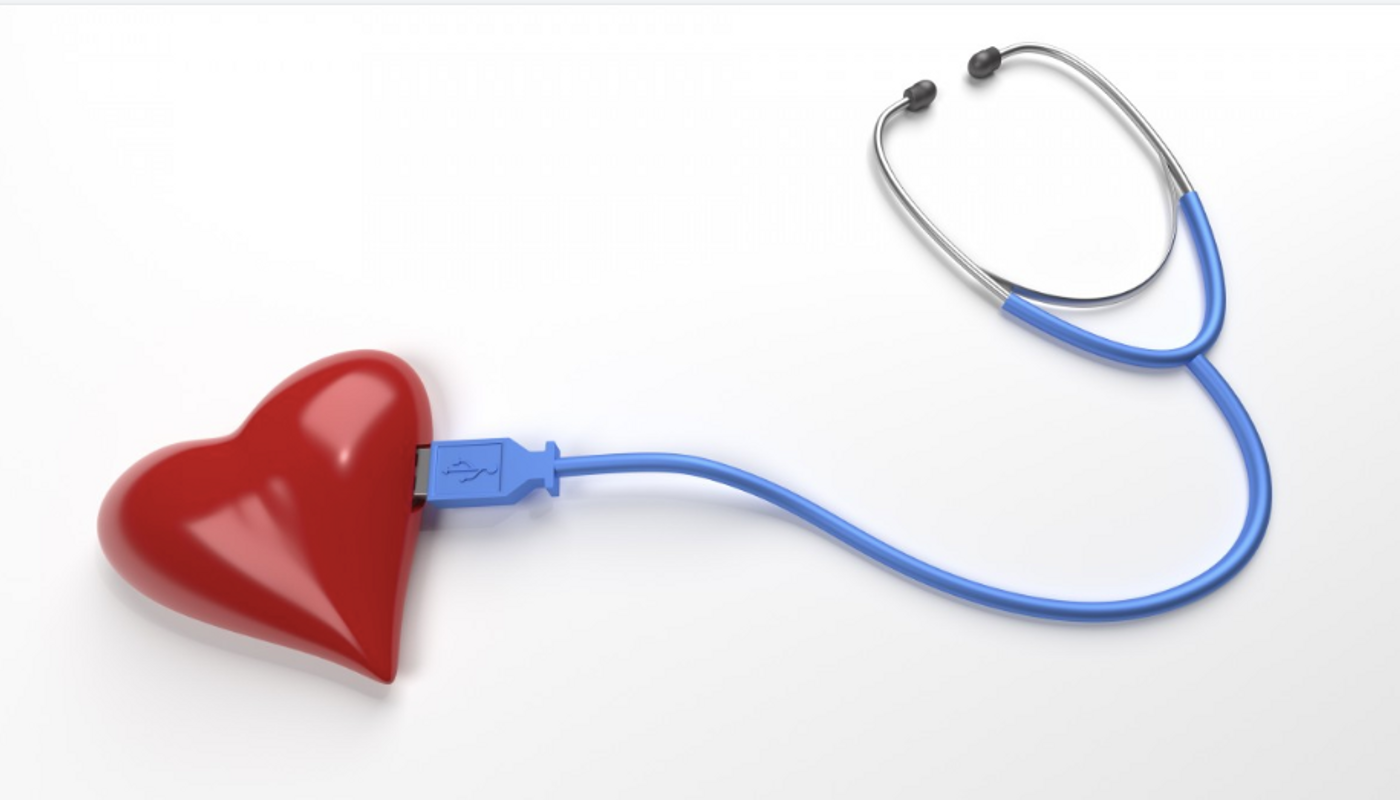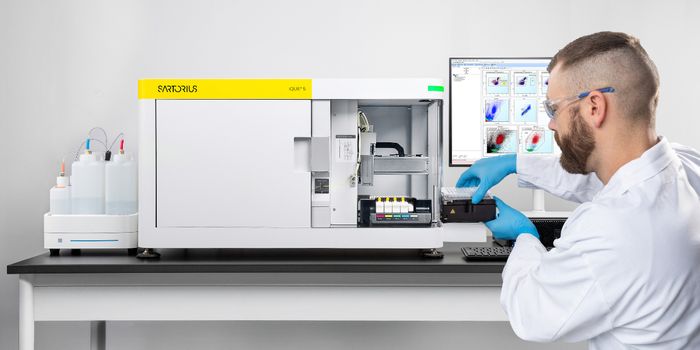Towards a Deeper Understanding of Heart Development
If we learn how the heart is built, we may find a way to mend a broken one. In new work reported in Cell Stem Cell, scientists revealed more about heart development by studying gene activity at the single-cell level in tens of thousands of heart cells. This study, performed by investigators at the Institute for Molecular Bioscience of The University of Queensland and the Garvan Institute of Medical Research, may help create therapeutics to apply when heart cells die. The heart can’t fix itself when it’s damaged, which is a major reason why heart disease is a leading cause of death.
Lab-grown human heart cell beat spontaneously like they do in the body. Credit: Nathan Palpant/University of Queensland
"The big challenge, as we see it, is to uncover new approaches and new insights into ways to help the heart repair itself," said the co-leader of the study, Dr. Nathan Palpant of the Institute for Molecular Bioscience, The University of Queensland. "We think the answers to heart repair almost certainly lie in understanding heart development. If we can get to grips with the complex choreography of how the heart builds itself in the first place, we're well placed to find new approaches to helping it rebuild after damage."
Stem cells are uniquely able to become any type of cell in the body, and there are now simple techniques for creating what are called induced pluripotent stem cells (iPSCs) from adult cells. Scientists made heart cells, cardiomyocytes, using iPSCs. They applied a recently developed technique, single-cell RNA sequencing, to assess how genes were being expressed in those iPSCs as they grew into cardiomyocytes
Single-cell RNA sequencing provides a snapshot of gene expression in one cell; the active genes are transcribed into RNA, which is then made into protein. The technique is described in the video below. In this work, the team measured the activity of 17,000 genes in 40,000 individual cells.
With all that data, the team was able to reveal patterns of gene activity as cardiac cells develop, enhancing our understanding of how the organ is generated. "The development of the heart is like an intricate dance," said research co-leader Associate Professor Joseph Powell of Garvan, who is Head of the Garvan-Weizmann Centre for Cellular Genomics.
"Each cell goes through its own series of complex, nuanced changes. They are all different, and changes in one cell affect the activity of other cells. By tracking those changes across the different stages of development, we can learn a huge amount about how different subtypes of heart cells are controlled, and how they work together to build the heart."
The researchers found that a gene called HOPX has a significant role in hypertrophy, in which the heart enlarges. HOPX acts like a switch that can change developing heart cells from immature cells that keep dividing, into mature cells that cease division and instead get bigger. The researchers now know more about the conditions that take heart cells to the mature state, which will help scientists create them in the lab.
The research can also provide insight into inherited conditions in which the heart doesn’t develop correctly - congenital defects.
"We can start to look deeper and more carefully at how the heart develops," said Palpant. "The information we've gained from this work has positioned us to take on new and bigger questions in cardiovascular disease."
''We are now building on the knowledge gained from this work to investigate at what stages during heart development, and in what cell subtypes, the genetic risks of cardiovascular disease become most dangerous,” added Powell.
Sources: AAAS/Eurekalert! Via Garvan Institute for Medical Research, Cell Stem Cell









